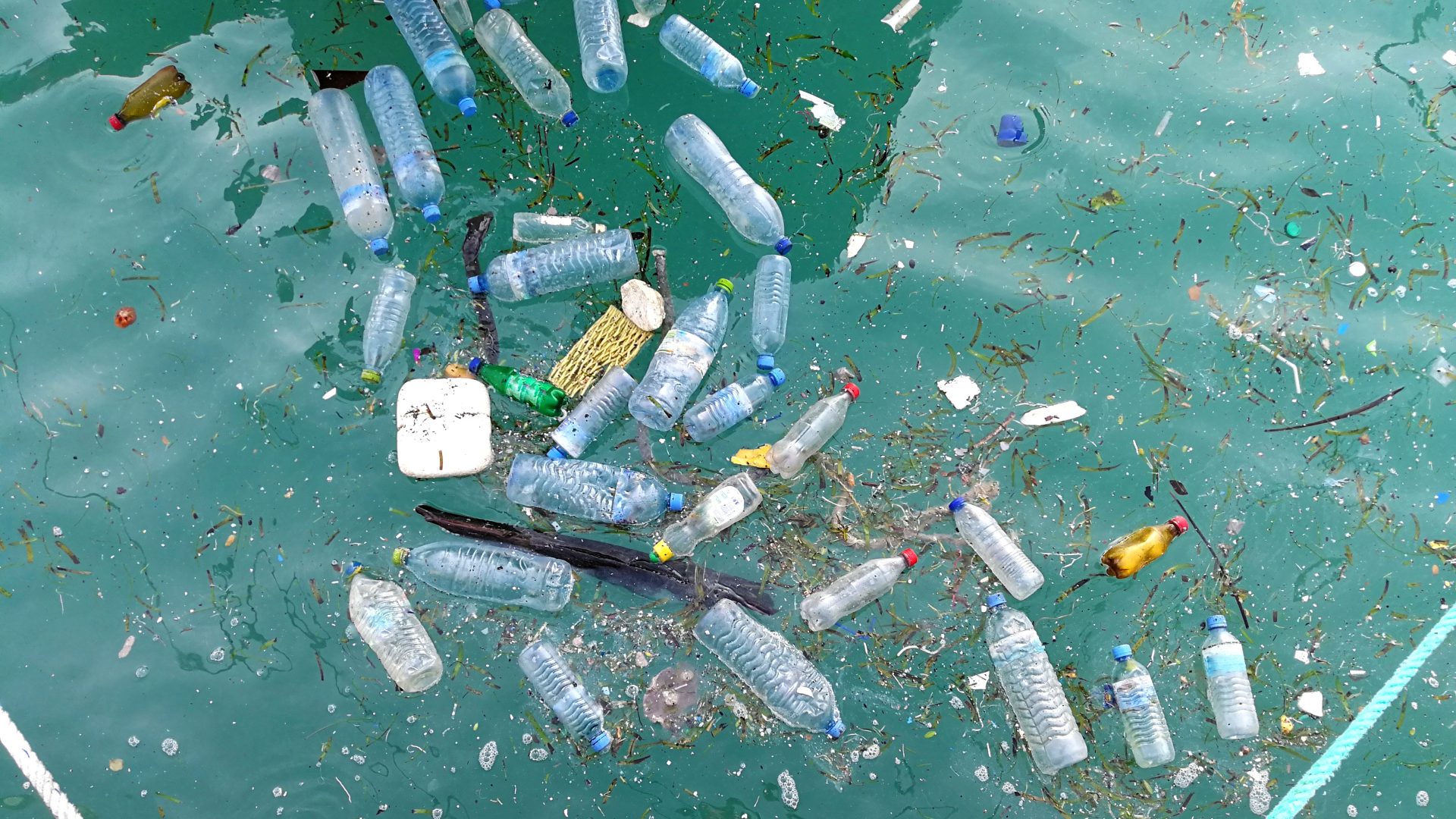
The UK’s Packaging EPR Finally Has Teeth
After years of campaigning, consultations, and cautious optimism, this month marks a major shift in the fight against plastic pollution in the UK. As of October 2025, the Extended Producer Responsibility (EPR) system for packaging officially enters its enforcement phase — the point at which companies must not only report their packaging data but also pay for the waste they create.
This isn’t an overnight fix, but a milestone. The principle behind EPR is simple yet powerful: those who produce packaging should bear the cost of its collection, sorting, and disposal, not the public, not overstretched councils, and certainly not the environment. For too long, plastic waste has been the unintended tax we all pay. From overflowing bins to microplastics in rivers, and plastic wrappers on beaches the true cost has been hidden in council budgets and polluted ecosystems. EPR is meant to correct that.
What’s Actually Happening in October?
Up until now, most of the EPR system has existed on paper: producers were required to register and submit detailed data about the packaging they placed on the market. That data is essential — it forms the basis for calculating each company’s “share” of the environmental impact. But this month, the system shifts from passive reporting to real-world accountability.
Starting in October 2025, invoices are being issued. Companies will now begin receiving bills — known officially as “disposal cost fees”, that reflect how much packaging they’ve placed into the waste stream. These payments will go directly to local authorities to help cover the actual cost of collecting, sorting, and disposing of that waste. In other words, councils will finally get funding tied to the amount of packaging flooding our natural environment and recycling centres — and that funding will come from the companies that created the problem.
Why This Matters
This change is long overdue. For decades, producers could put cheap, hard-to-recycle packaging on shelves without facing any financial consequences. That created a system where plastic trays, composite materials, and non-recyclable films became the norm, simply because they were inexpensive to produce. Meanwhile, local authorities were left to figure out how to deal with them, and communities saw the pollution rising.
Now, with EPR entering the payment phase, the incentives are beginning to shift. From 2026, these fees will become “eco-modulated,” meaning that packaging which is easier to recycle will attract lower fees, while harder-to-recycle materials will cost companies more. If implemented correctly, this system should begin phasing out the worst offenders: black plastic trays, multilayered films, and hard-to-recycle composites.
What Environmental NGOs Are Watching Closely
Of course, policy on paper doesn’t always translate into impact on the ground. That’s why we’re watching this rollout closely. Will producers pay on time? Will DEFRA and the scheme administrator (Pack UK) enforce the rules fairly and transparently? Will local authorities actually see the funding they need and will it be enough to improve recycling systems and infrastructure?
We’re also paying attention to packaging data transparency. Right now, very little is publicly available about how much packaging individual companies are placing on the market, or what types. EPR should not only drive financial accountability — it should open the door to public scrutiny. If a major retailer is putting unrecyclable packaging on shelves and driving up local waste bills, the public deserves to know.
Finally, we’re concerned about smaller businesses and the potential for greenwashing. Some businesses might claim recyclability that doesn’t exist at scale, or rely on vague eco-labels. That’s why it’s critical that the Recyclability Assessment Methodology (RAM) being developed is science-based, independent, and enforced.
A Turning Point — But Only If It’s Used Well
EPR could be one of the most powerful tools currently available but only if it’s implemented with ambition and rigour. October 2025 is a turning point, not the finish line.
While SAS welcome this step, we will continue to push for full transparency, robust enforcement, and alignment with broader goals: reducing plastic production, meeting climate targets, and building a truly circular economy.
This month, the costs are finally landing where they belong. Let’s make sure the system works — for communities, for nature, and for the future.
